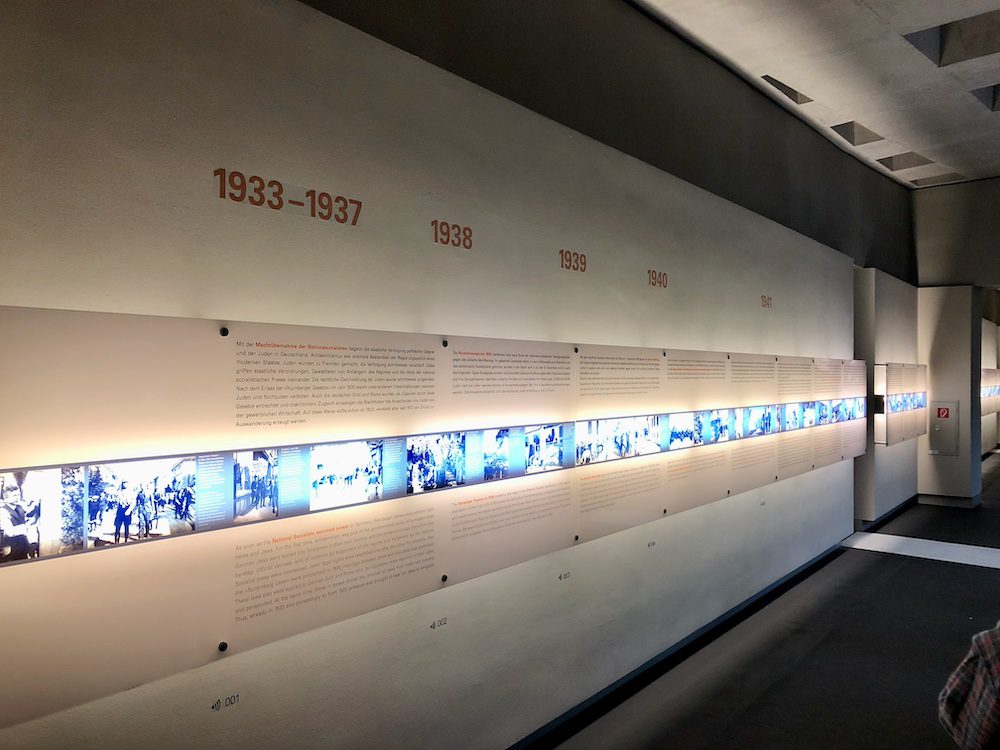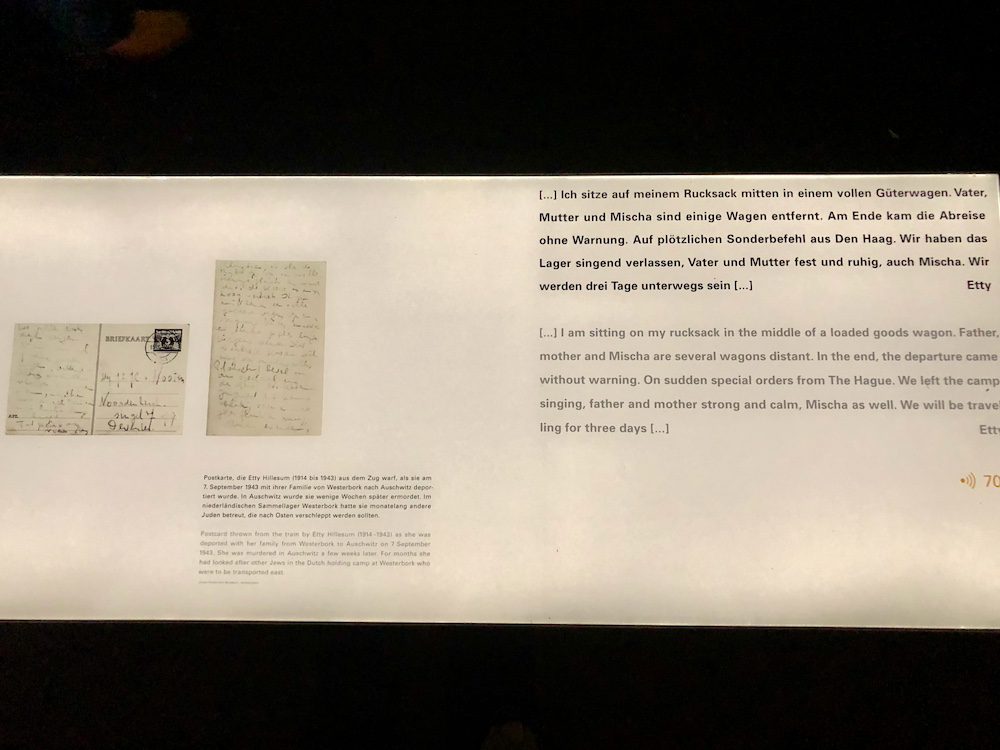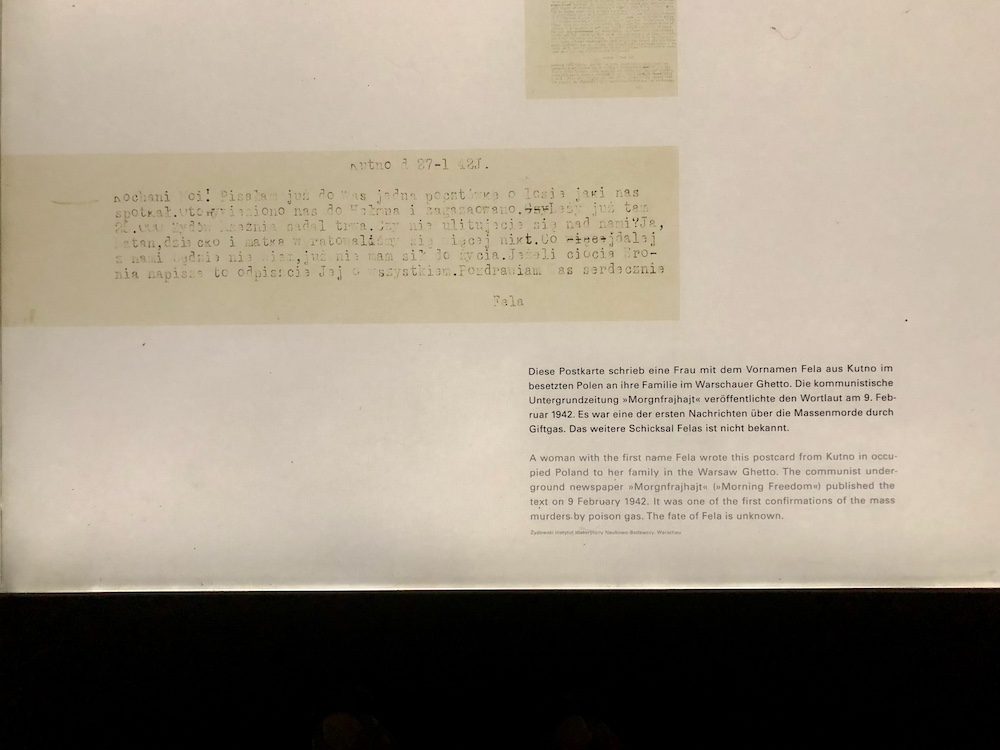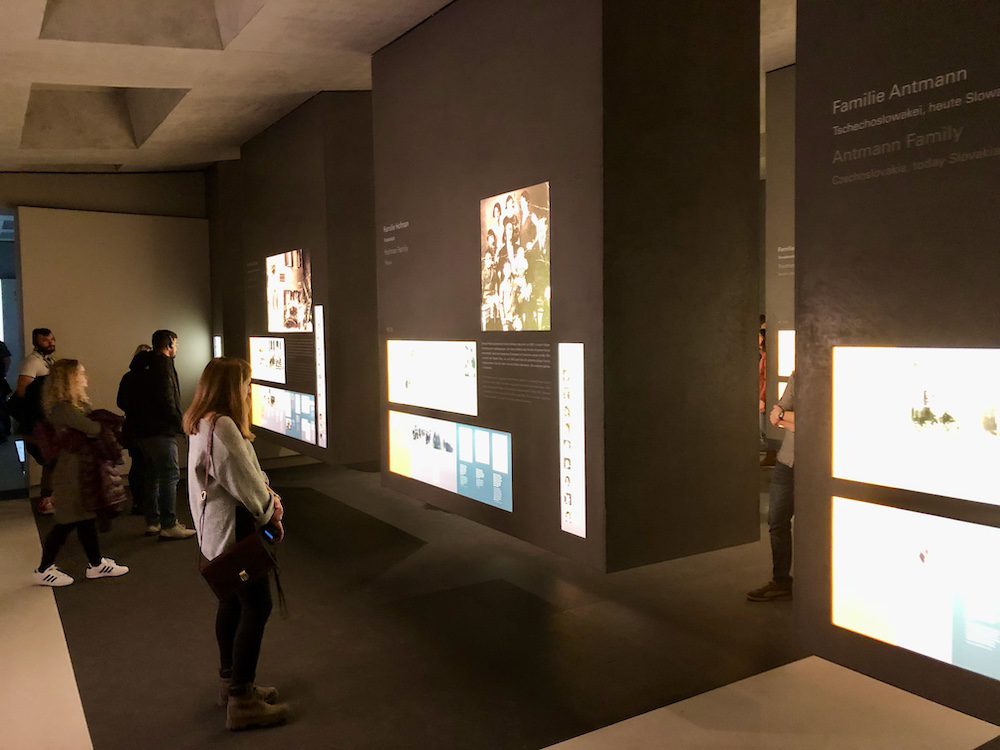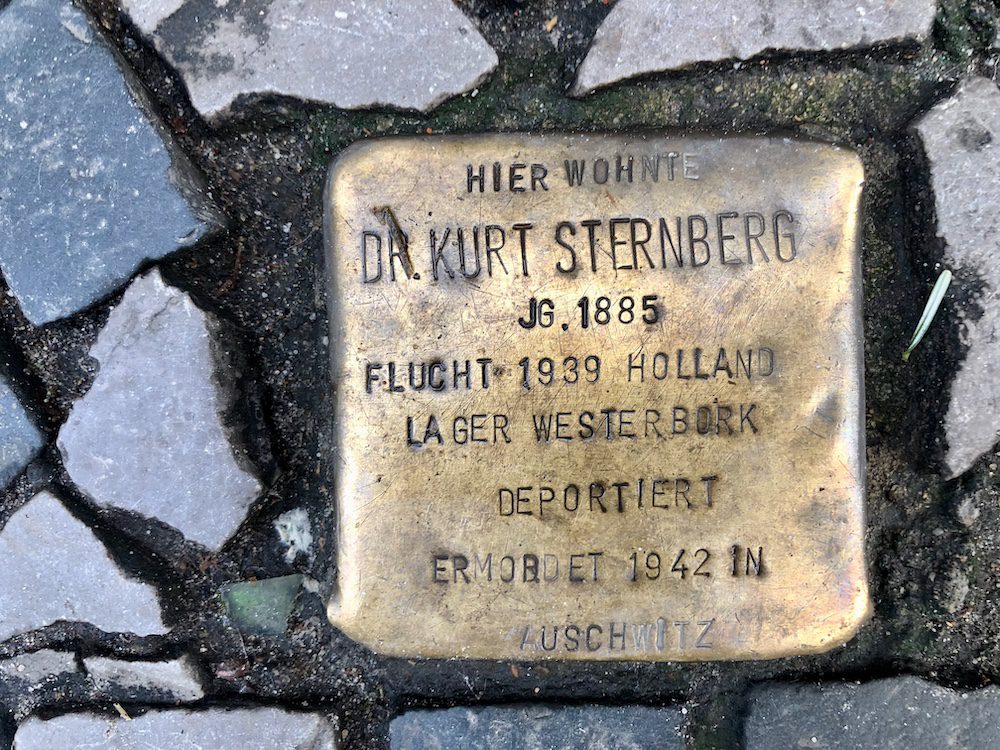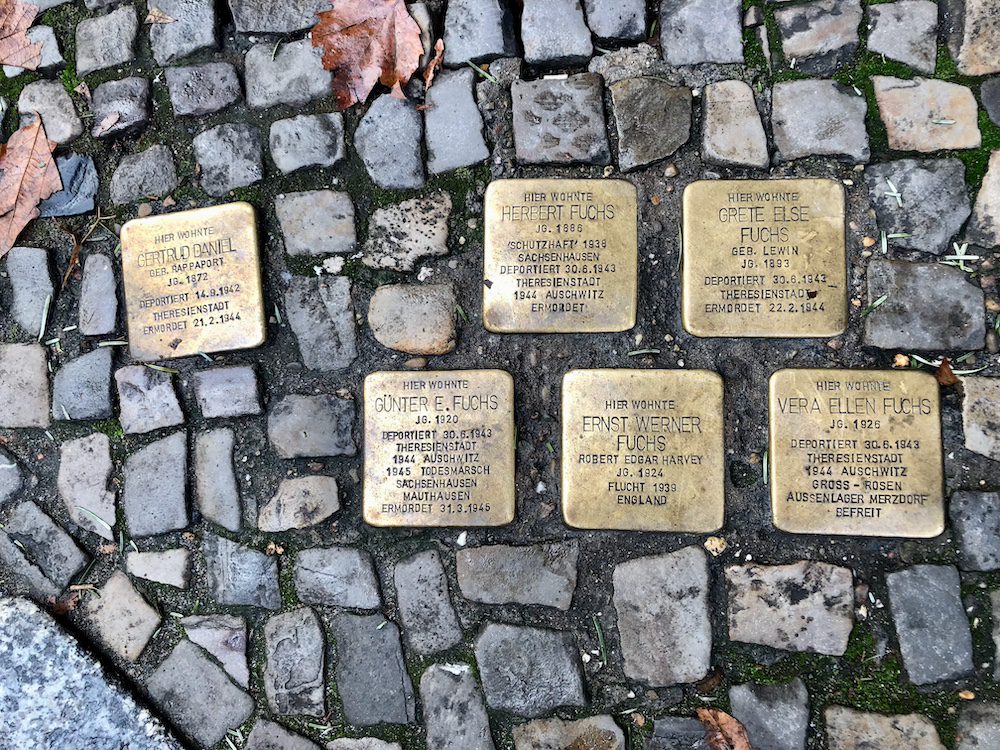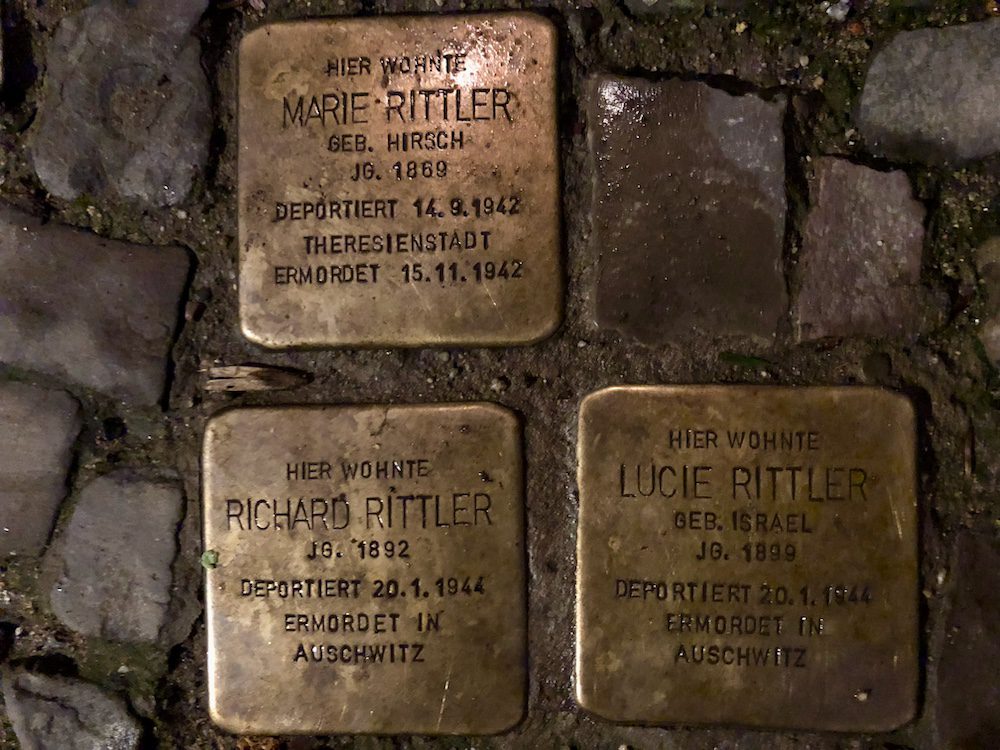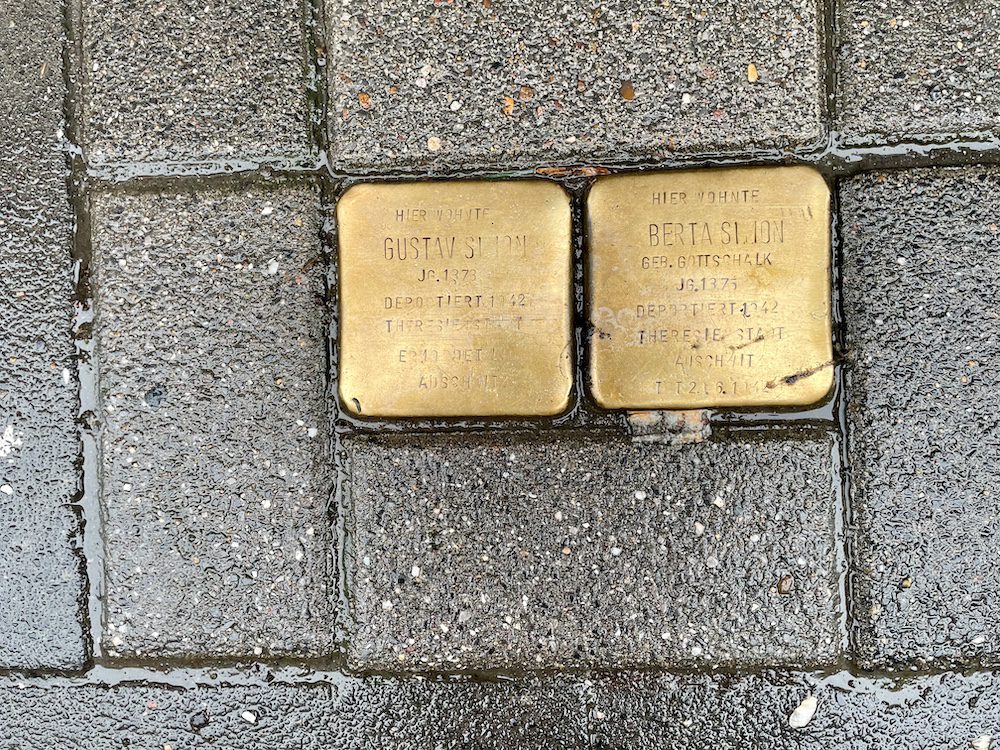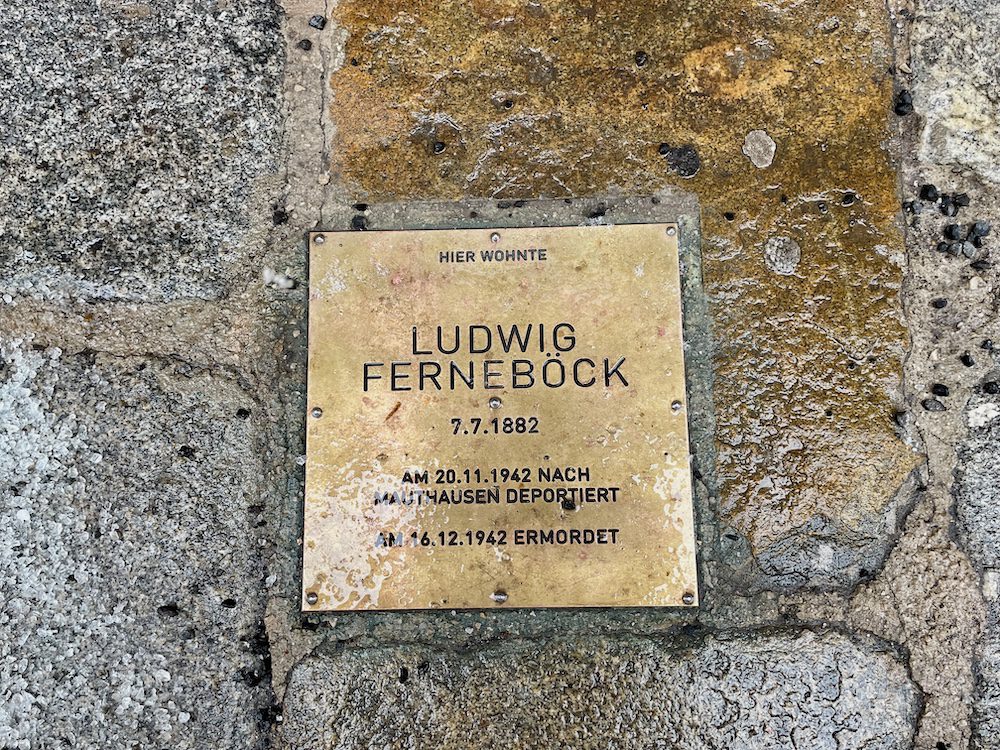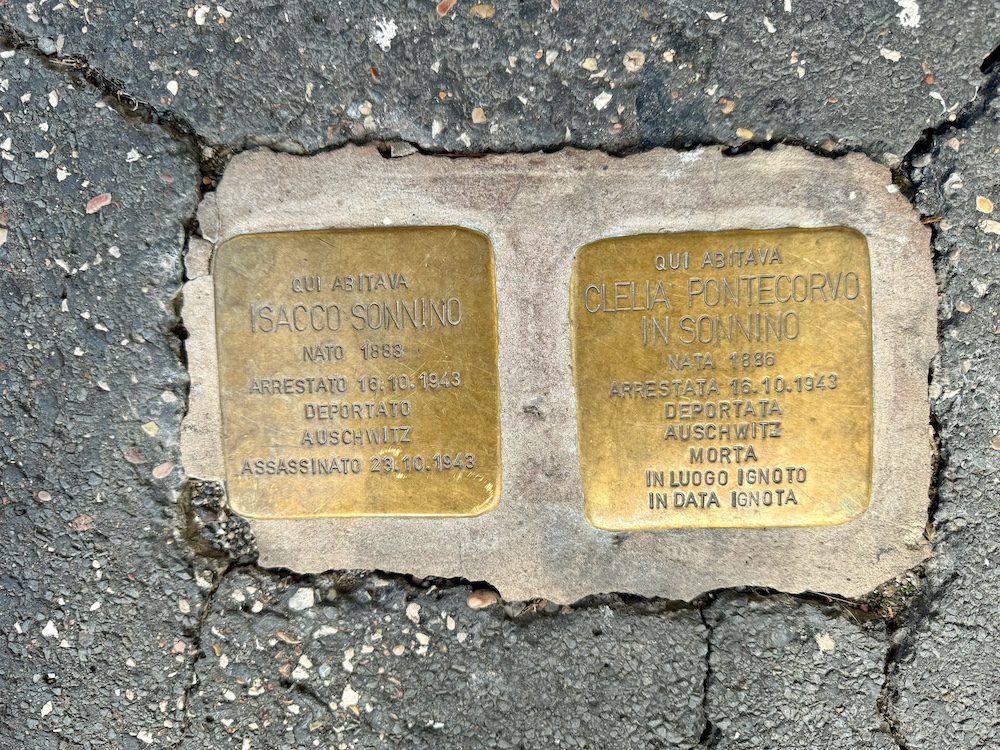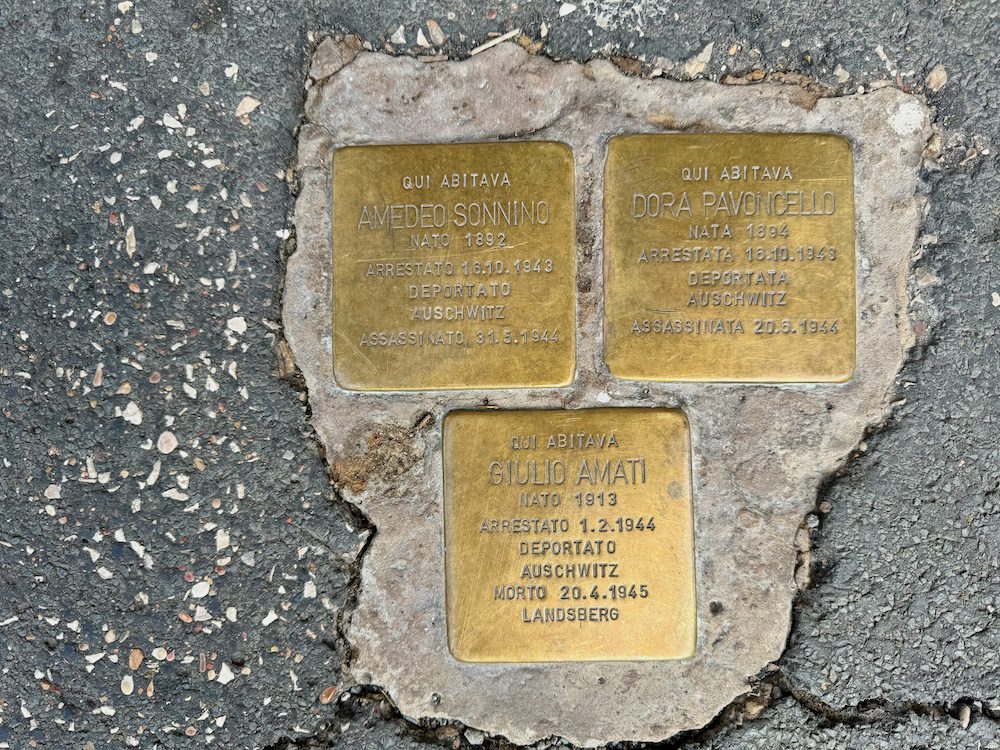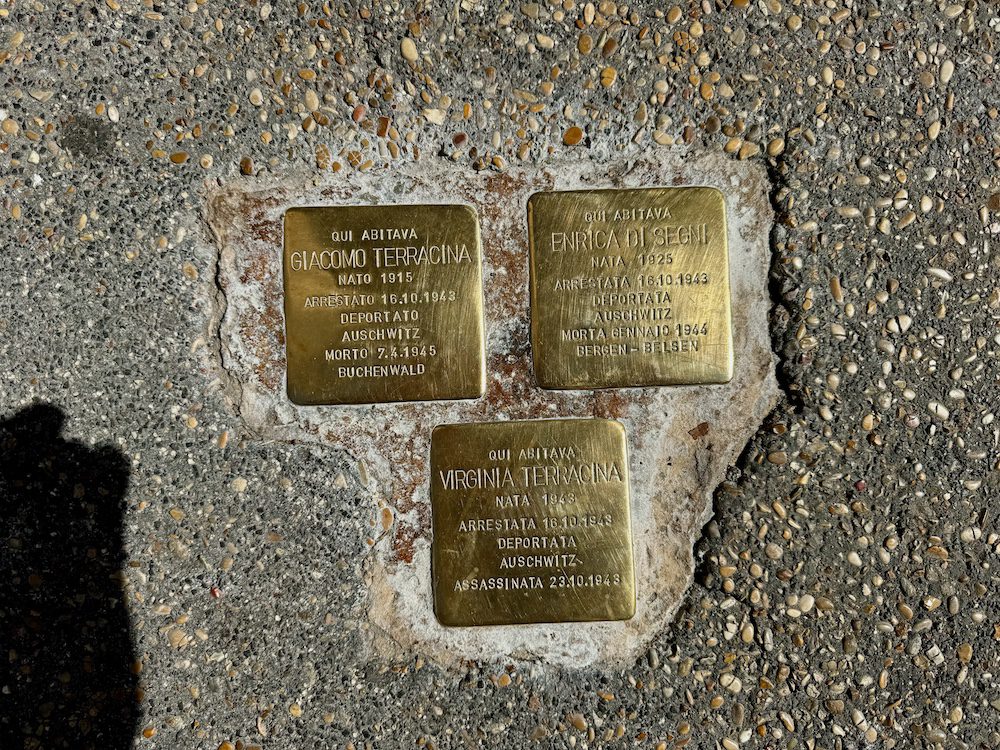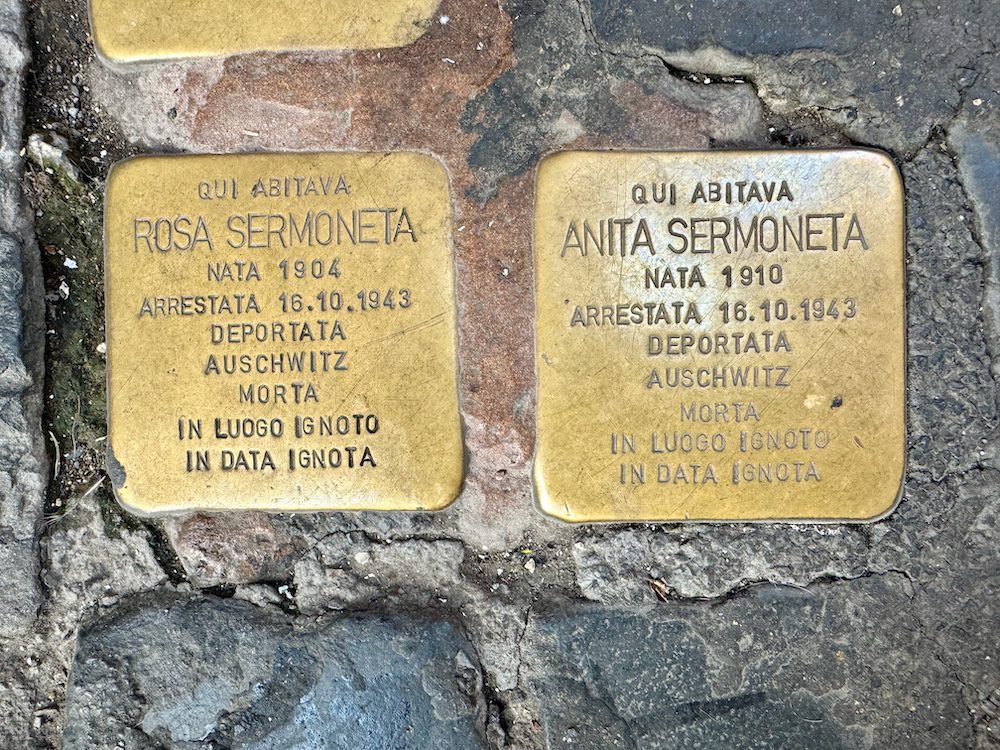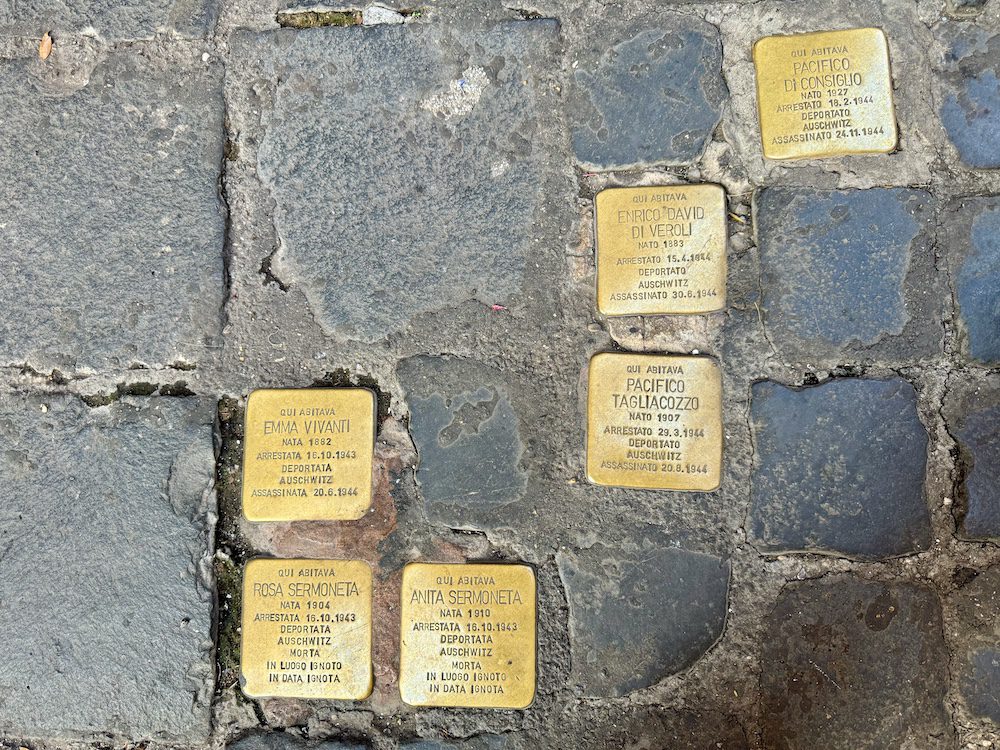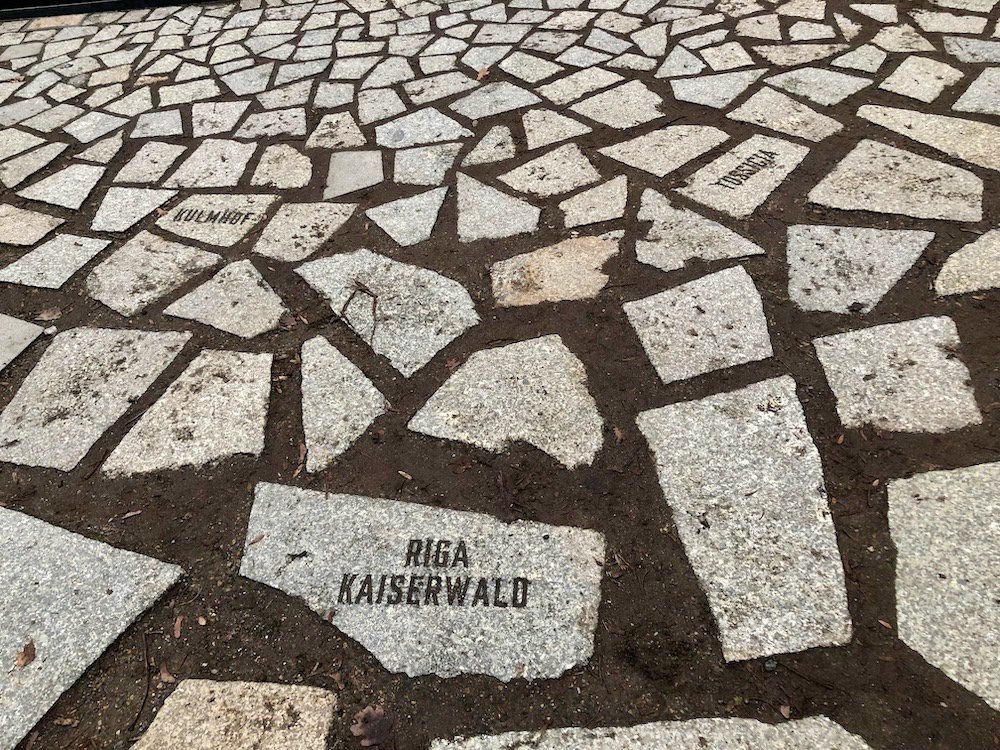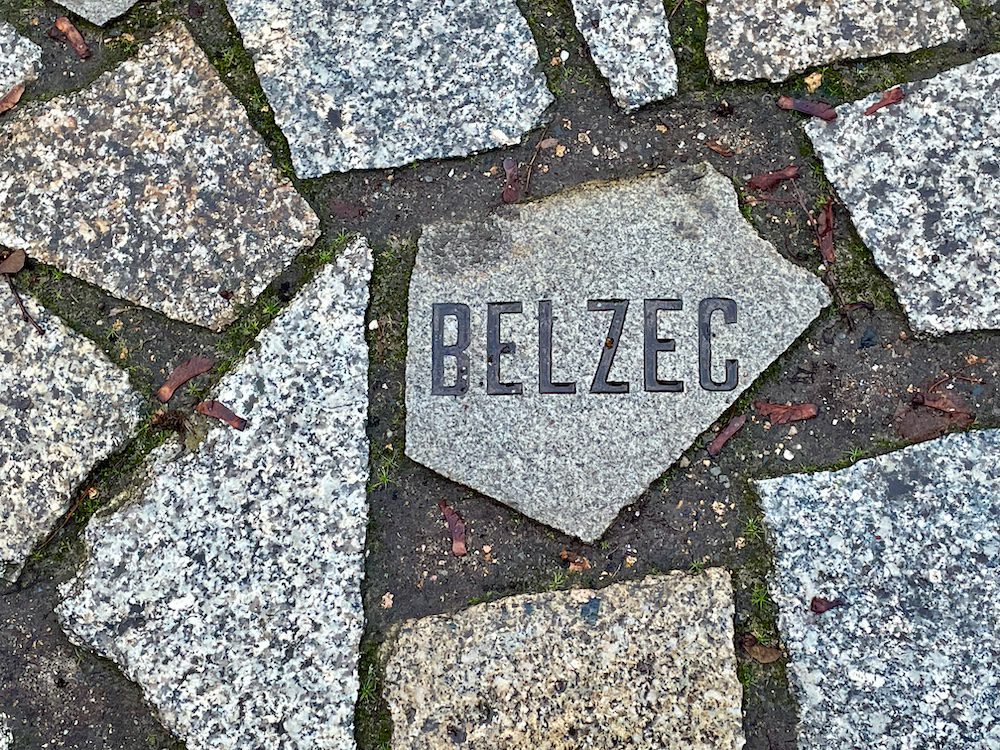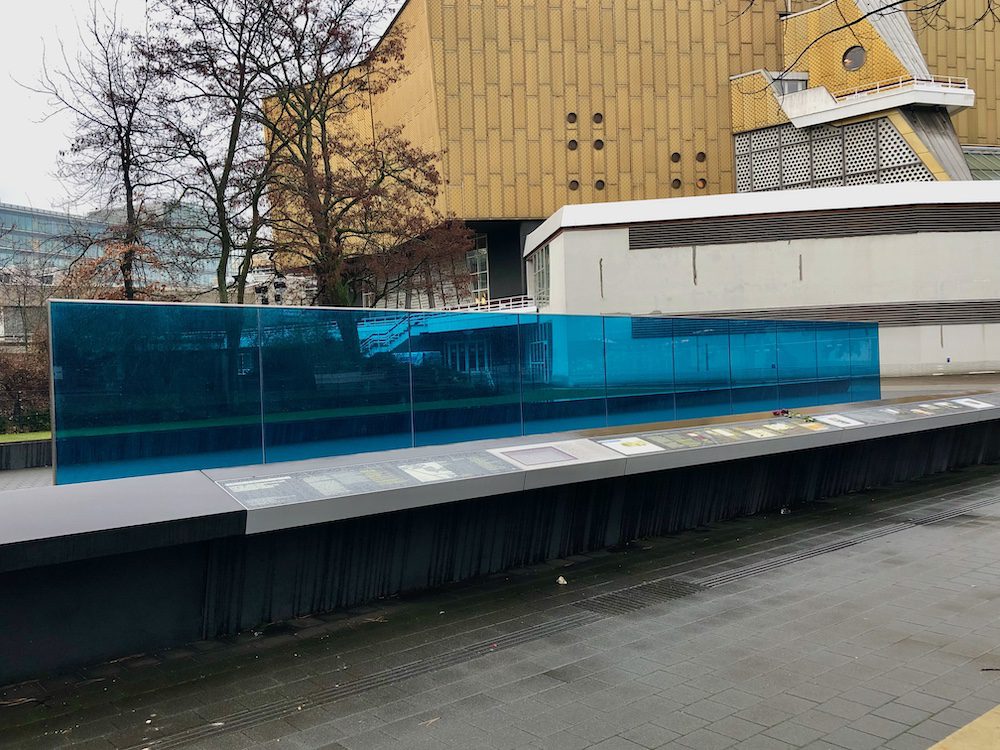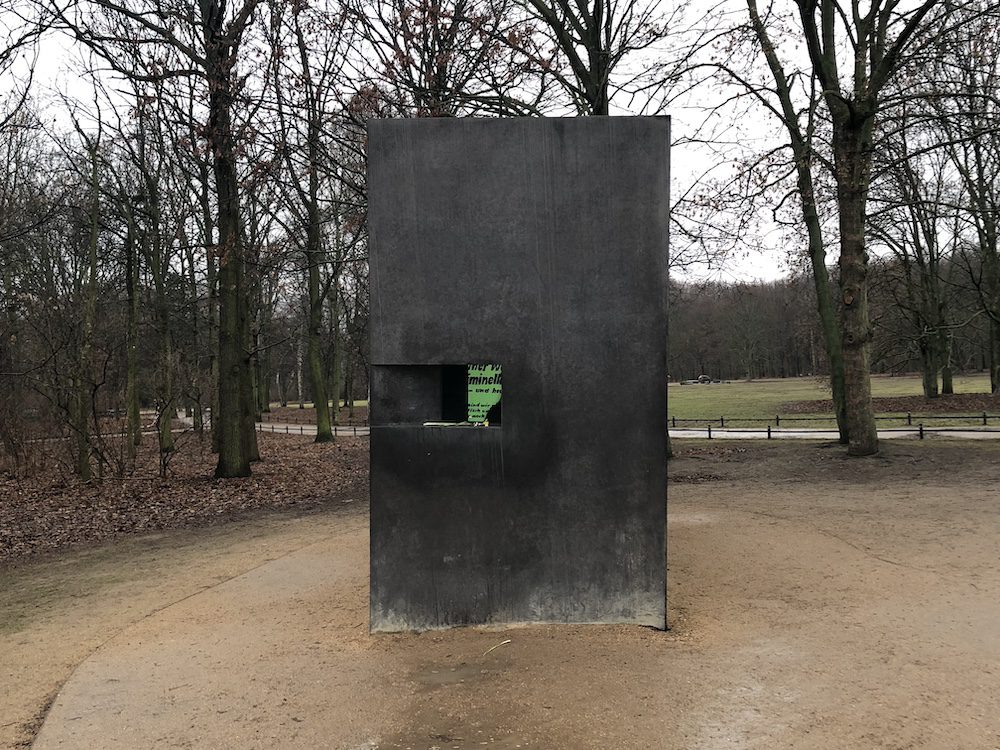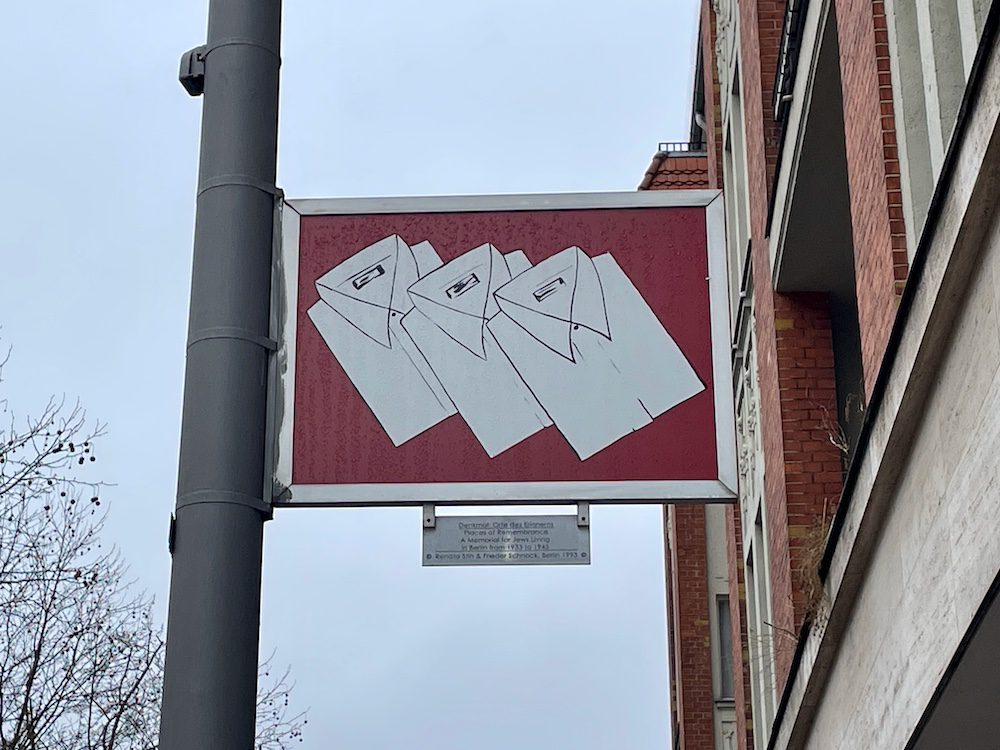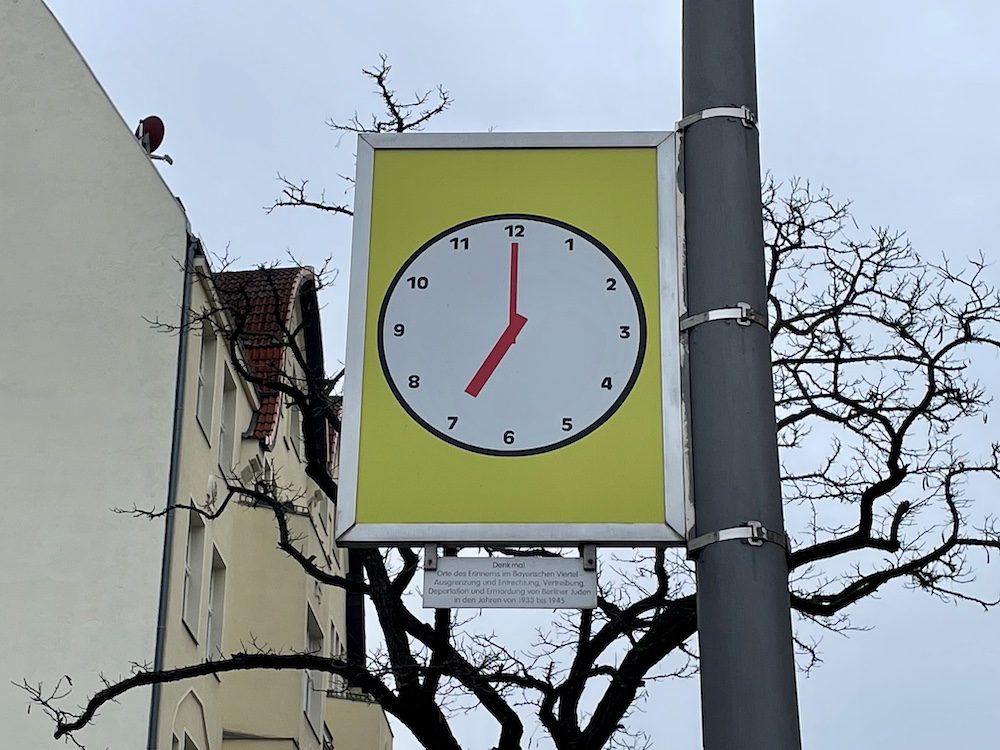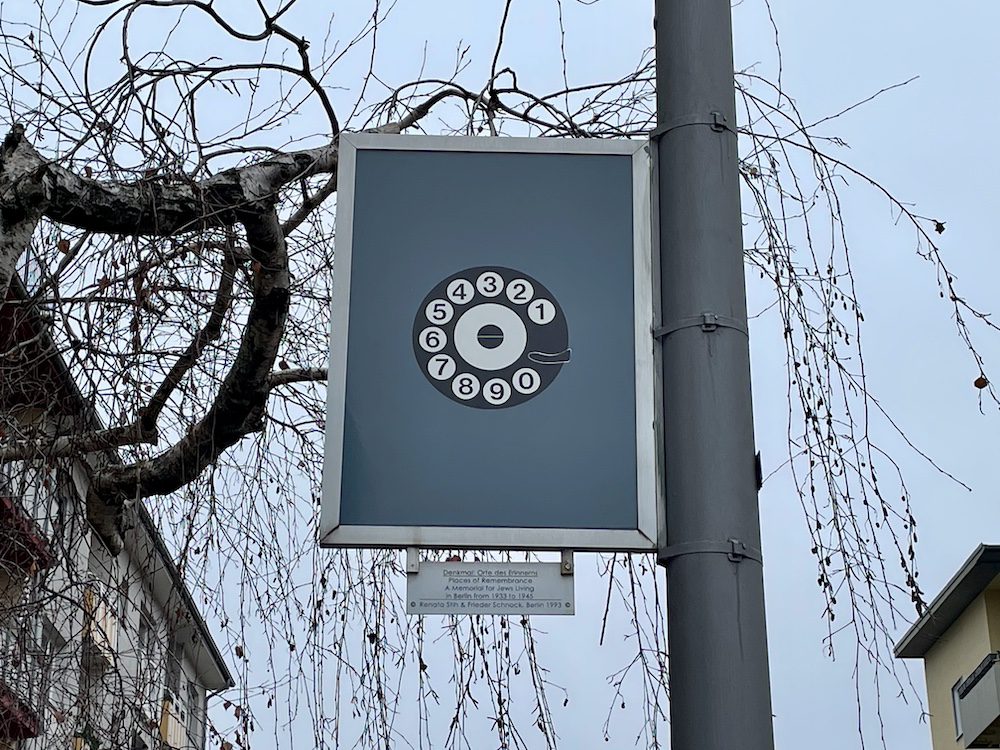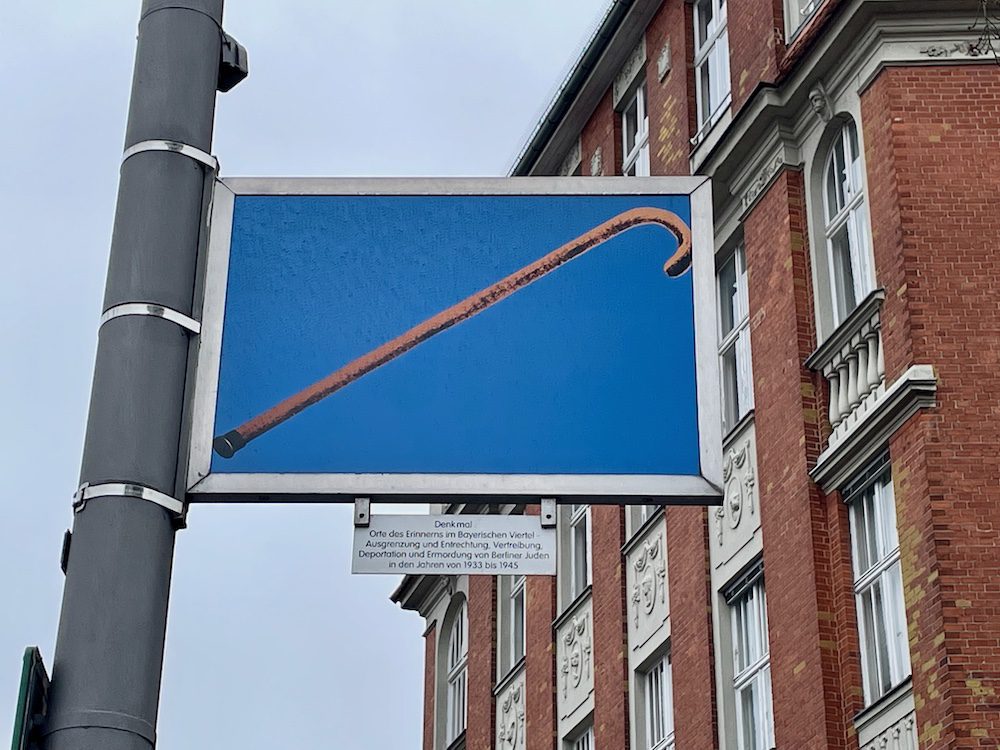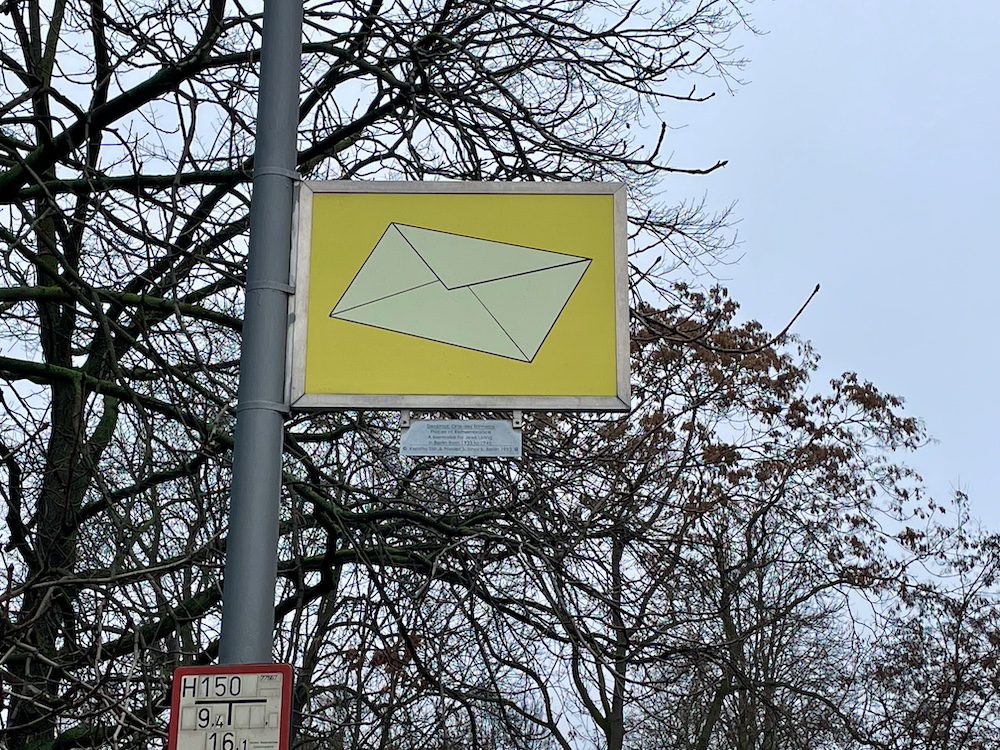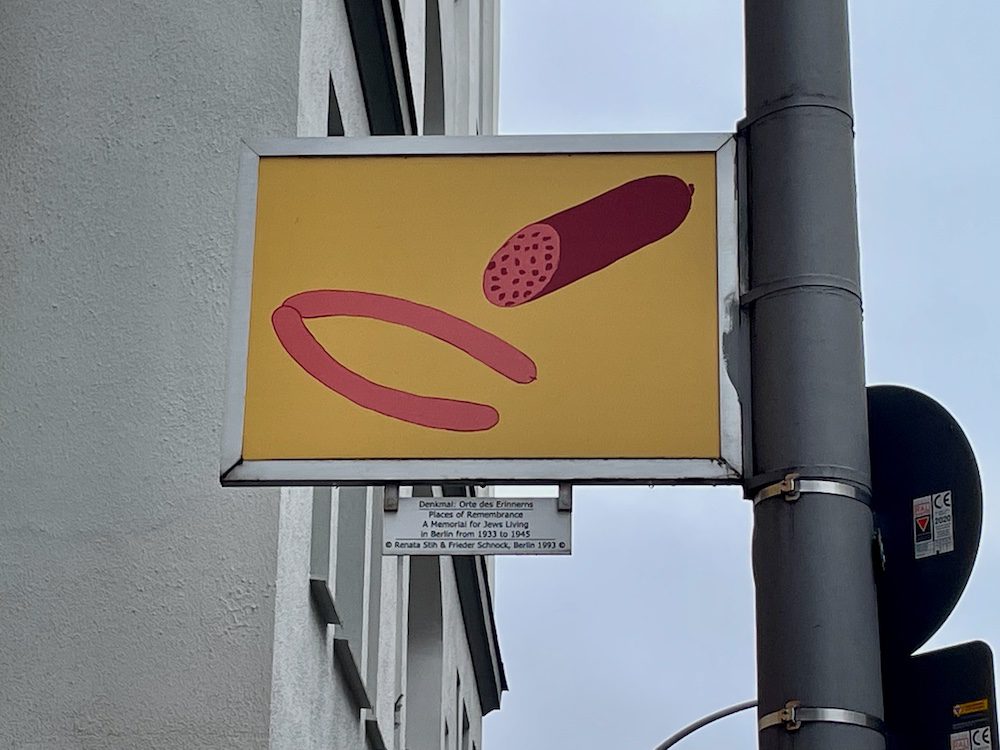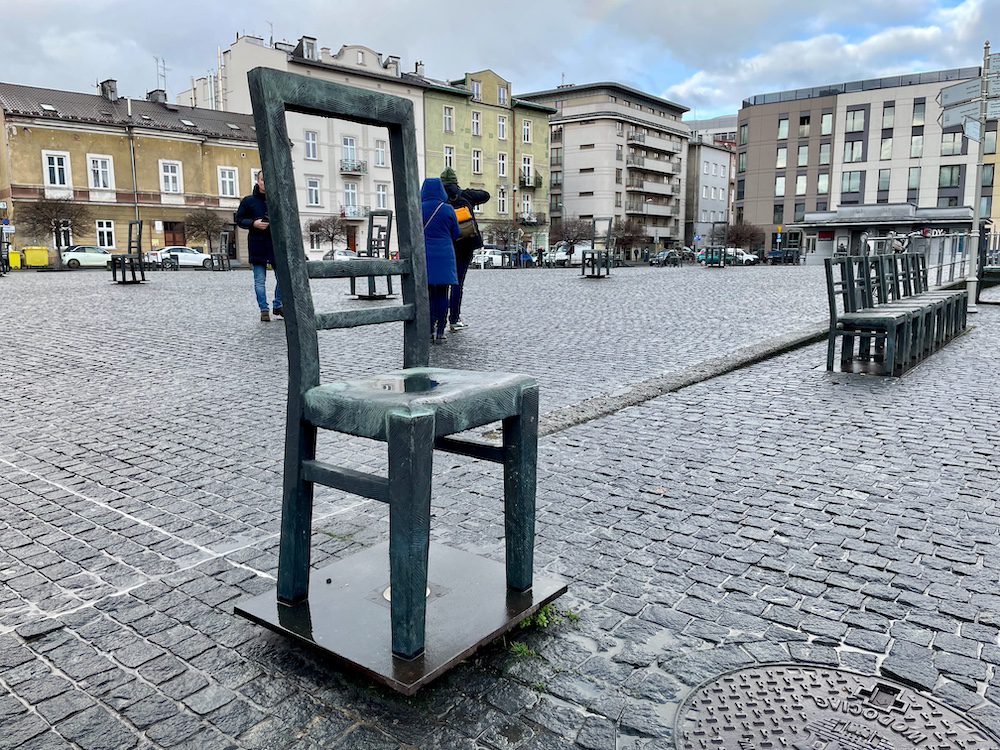Holocaust Memorials
The treatment of the sites on this page is of a more extensive nature when compared to other pages. There are more images contained in the carousels, as has been cited in specific areas throughout the website.
Memorial to the Murdered Jews of Europe, Berlin
The Memorial to the Murdered Jews of Europe, located in the heart of Berlin, serves as a place of remembrance for the six million Jewish victims of the Holocaust. The memorial consists of 2,711 concrete slabs of varying heights, arranged in a grid pattern. As you walk between the concrete pillars, a growing sense of disorientation emerges, a deliberate design meant to evoke the confusion and helplessness experienced by the victims of the Holocaust. Beneath the memorial lies the information centre, an essential component of the memorial that provides historical context and personal stories of the Holocaust.

Wannsee Conference House
The Wannsee Conference House, located in Berlin’s Wannsee district, is the site where high-ranking Nazi officials convened on January 20, 1942, to plan the “Final Solution to the Jewish Question.” Chaired by Reinhard Heydrich, the house is now a memorial and museum, offering guided tours and exhibitions that detail the events of the conference, the Holocaust’s history, and the atrocities committed by the Nazi regime. It stands as a memorial to the victims and aims to educate visitors about this dark chapter in history.

Stolpersteine - "Stumbling Stones"
Stolpersteine, or “stumbling stones,” are a simple, yet poignant form of memorial that commemorates the victims of Nazism. Initiated by German artist Gunter Demnig in 1992, these small brass plaques are embedded in the pavement in front of the last voluntarily chosen residences of victims of the Holocaust and other forms of Nazi persecution. The brass plate is inscribed with the name, date of birth, fate, and dates of deportation and death (if known) of the individual it commemorates. Since the project’s inception, over 70,000 Stolpersteine have been installed across Europe, making it the world’s largest decentralised memorial.
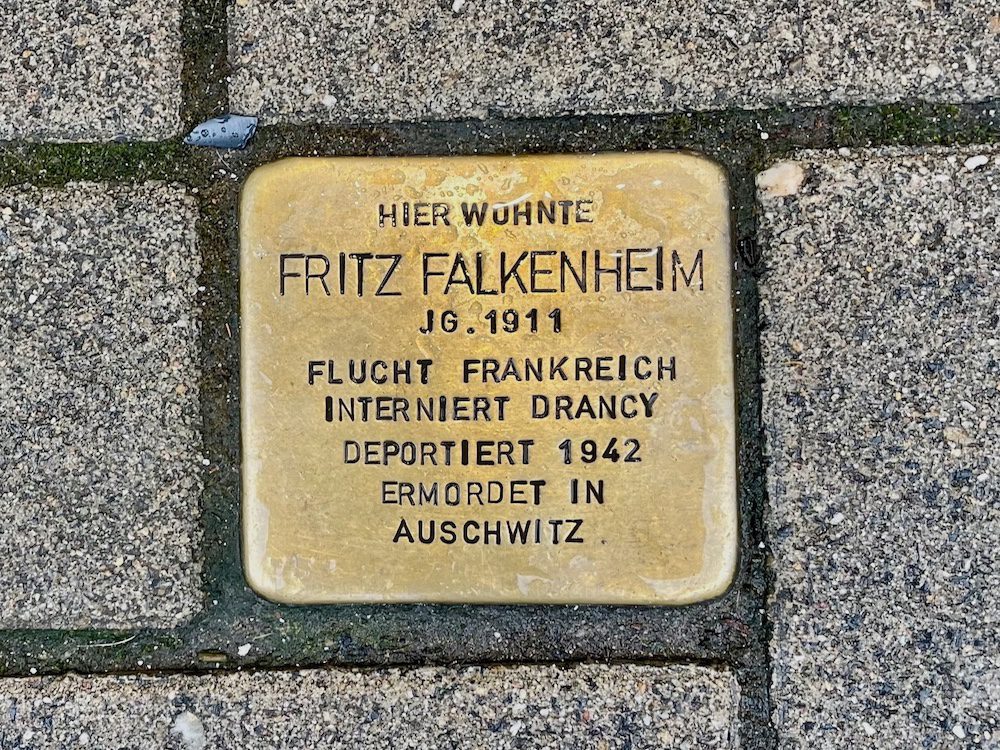
Sinti & Roma Memorial - Berlin
The Memorial to the Sinti and Roma Victims of National Socialism, located in Berlin, is a significant monument dedicated to the memory of the Sinti and Roma people who were persecuted and murdered by the Nazi regime. The Sinti and Roma were targeted for racial persecution, resulting in the genocide of an estimated 220,000 to 500,000 people during the Holocaust. Near the memorial, information panels provide historical context and details of the persecution and names of the various places where the the victims lost their lives are scattered throughout the site.

T4 Memorial for the Victims of the Nazi Euthanasia Programme
The T4 Memorial for the “Euthanasia” Victims in Berlin commemorates the victims of the Nazi T4 program, a state-sponsored campaign of systematic murder of individuals deemed “unworthy of life” due to severe psychiatric, neurological, or physical disabilities. Initiated in 1939, it resulted in the murder of an estimated 70,000 to 300,000 people. Victims were killed through lethal injection, gas chambers, and starvation, often in medical facilities and specially adapted killing centres. The memorial was officially opened to the public in 2014 and acknowledges the humanity and dignity of the victims.

Homosexual Memorials
The persecution of homosexuals under the Nazi regime is a significant yet often overlooked aspect of Holocaust history. Several memorials have been established to honour an estimated 15,000 homosexual men who were imprisoned in concentration camps, many of whom perished. It also serves to honour all LGBTQ+ individuals persecuted during the Nazi era. Often highlighting the pink triangle homosexuals were forced to wear in the camps, the memorials which can be found in a variety sites both in and outside of Europe and play an important part in honouring all victims of persecution.

Places of Rememberance - Berlin
The Places of Remembrance memorial is a unique outdoor installation that commemorates the Jewish victims of the Holocaust from the Bavarian Quarter in the Schöneberg district of Berlin. Created in 1993, it provides a powerful narrative of the systematic persecution and eventual genocide of Jews by the Nazi regime. The memorial consists of 80 double-sided signs installed on lamp posts throughout the Bavarian Quarter. Each sign highlights the gradual erosion of the rights and freedoms of Jewish residents, emphasising how ordinary life was systematically dismantled by the Nazis.

Ghetto Heroes Square, Krakow
Plac Bohaterów Getta, or Ghetto Heroes Square, is a significant historical and memorial site in Kraków. Established by the Nazis in March 1941, the Kraków Ghetto was one of the many Jewish ghettos created in occupied Poland and became a place of immense suffering for the Jewish population. The site is a deeply moving and significant memorial that honours the memory of the Jews who suffered and perished during the Holocaust in Kraków. The installation of empty chairs and the presence of historical sites like the Pharmacy Under the Eagle and Oskar Schindler’s Factory ensure that the stories of courage, suffering, and resistance are not forgotten.





